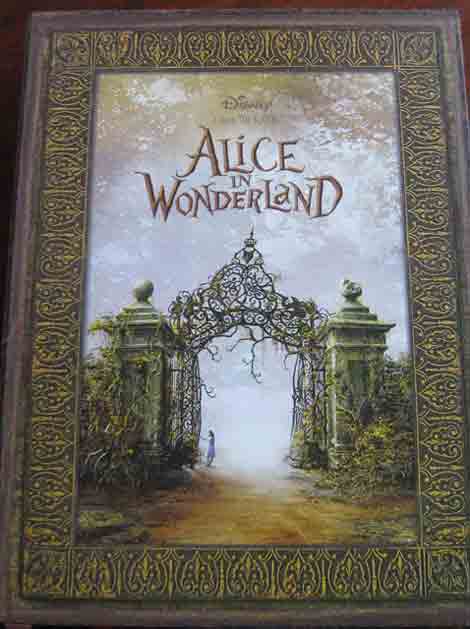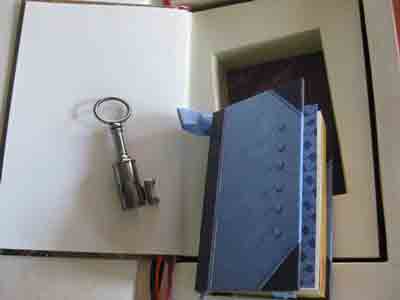Carroll always on the cutting edge of technology
 Monday, February 22, 2010 at 04:35PM
Monday, February 22, 2010 at 04:35PM While putting together my recent book, The Place of Lewis Carroll in Children's Literature, it became 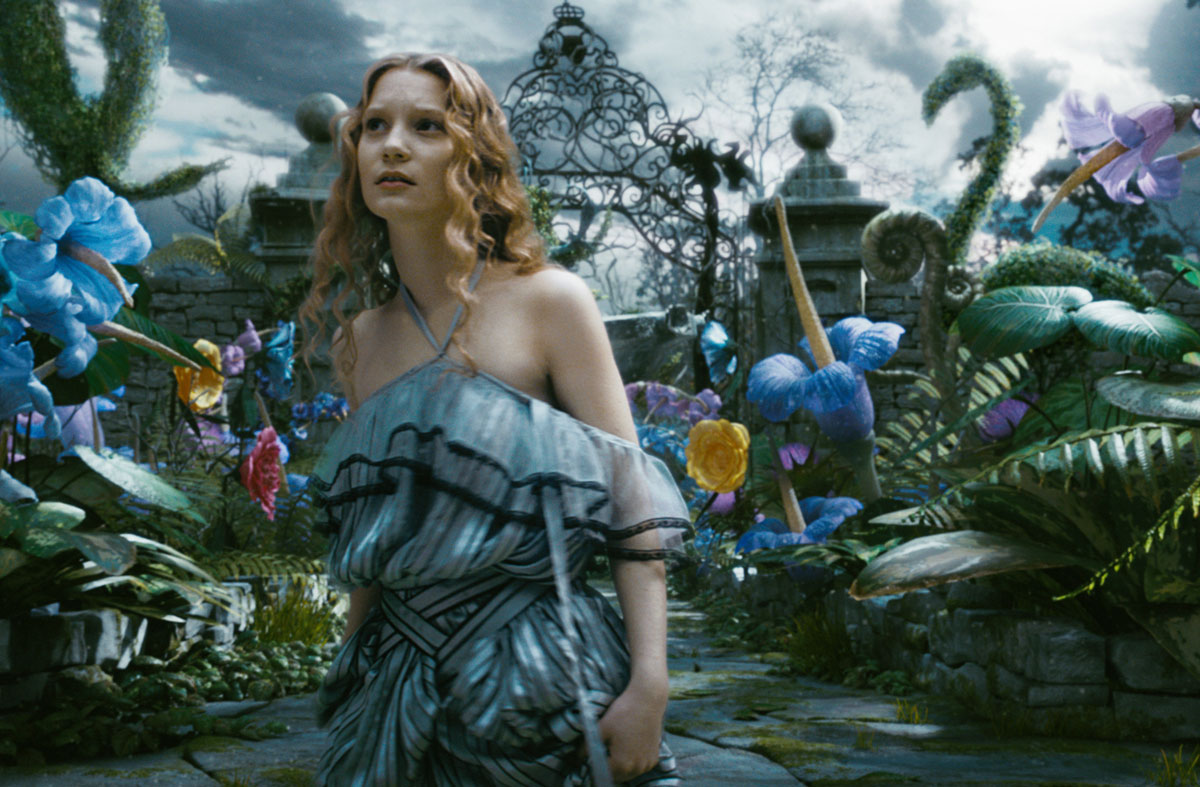 from Tim Burton's 2010 Alice in Wonderlandinteresting to note how Carroll was fascinated with new technologies as well as how often his works were adapted to new technologies as well. So it's not surprising that Tim Burton's upcoming film, Alice in Wonderland, is also at the heart of controversy with latest of film technology -- 3-D. Alice's imaginative appeal often dovetails with new technology.
from Tim Burton's 2010 Alice in Wonderlandinteresting to note how Carroll was fascinated with new technologies as well as how often his works were adapted to new technologies as well. So it's not surprising that Tim Burton's upcoming film, Alice in Wonderland, is also at the heart of controversy with latest of film technology -- 3-D. Alice's imaginative appeal often dovetails with new technology.
Many Hollywood observers are wondering if 3D Alice will kick out 3D Avatar, the runaway 3D success? In addition, film distributors in the U.K., and now the U.S. are upset that Disney is planning to release the Alice DVD releatively quickly after the film release. Disney is trying to figure out how to capitalize on the success of the film by shortening the theatrical release. But owners of theaters want their projection window to be as big as it can be. Again, it's the very current issue of watching films in theaters (expensive) or at home (not quite as expensive). 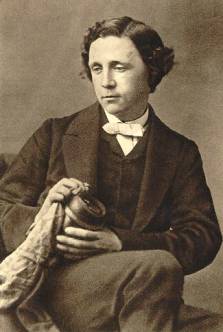 Lewis Carroll holding a camera lens. He was one of the earliest amateur photographers in England.
Lewis Carroll holding a camera lens. He was one of the earliest amateur photographers in England.
Carroll, of course, was an amazing photographer at a time when photography was just beginning to become popular. Carroll must have liked that it required lots of equipment, experimenting with chemicals and formulas, and the knowledge of know how to work it all together. But he must have appreciated the theatricality of it as well -- look at how he staged many of the people in his photographs. Staging photographs would have particularly helped the children focus but it also is a way to imitate theater, which he liked. Photography was developed in 1839 and by the 1850s Carroll was an accomplished amateur photographer. He is considered, with Julia Margaret Cameron, one of the best nineteeth-century photographers of children.
When Carroll published the Alice books, he pushed the envelope for printing and publishing. He wanted a book that would fit the size of children's hands. He was very specific on the size and color of the binding to appeal to children. He wanted the words and text to work together because, as he wrote, "What is the use of a book without pictures?" And in later editions, he asked for the book to have paper covers (a book jacket) and to advertise his other works. He was one of three people who independently came up with the concept of a book jacket.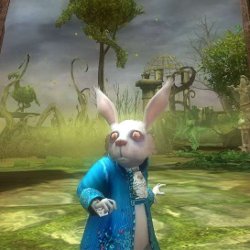 White Rabbit in a video game from Tim Burton's new Alice in Wonderland
White Rabbit in a video game from Tim Burton's new Alice in Wonderland
Carroll often had characters in his books who were tinkers, people who experimented with different technologies to see what would happen. Subsequently, tinkers have liked Carroll's books and re-imagined them in new media. Alice has appeared in films since nearly the beginning, was early to be animated and has appeared in numerous video games and new media re-adaptions. There's a whole chapter about these adapations in my book. And Alice just keeps adapting. Still, I think the original is the best.

